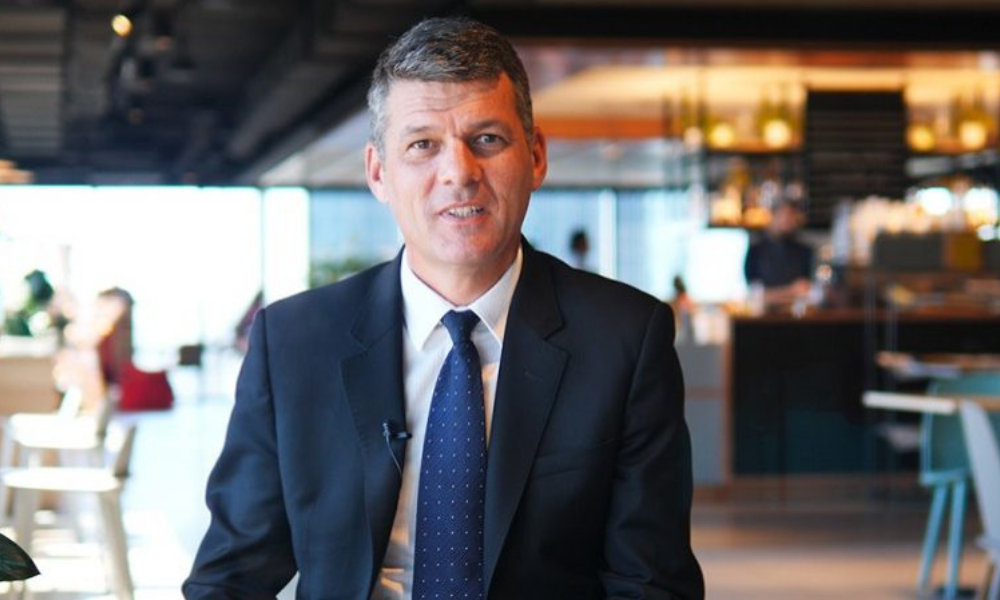Westpac report shows improved momentum, but growth outlook remains

The Westpac-Melbourne Institute Leading Index, which measures the likely pace of economic activity relative to trend over the next three to nine months, remained in positive territory in December, slipping slightly to 0.25% from November’s 0.33%.
The data signals a gradual improvement in Australia’s economic momentum, although the growth outlook remains subdued. According to Matthew Hassan (pictured above), head of Australian macro-forecasting at Westpac, the shift marks a clear recovery from two years of negative, below-trend readings.
“While the growth signal is still not particularly strong, it has shown a clear improvement,” Hassan said.
The latest figures suggest an increase in economic momentum during the first half of 2025. Westpac forecasts GDP growth to improve gradually throughout the year, reaching an annual rate of 2.2% by December 2025. This would represent a significant rise from the 0.8% pace seen in the year to September 2024, though still below long-term averages.
The Leading Index has gained 0.37 percentage points since mid-2024, rising from -0.12% in June to its current level. Hassan attributed this improvement to several modest gains across key components: stabilising commodity prices in Australian dollar terms contributed 0.23 percentage points to the index; improved consumer sentiment added another 0.08 percentage points; a 5% rally in the S&P/ASX 200 over the second half of 2024 added 0.05 percentage points; and a recovery in dwelling approvals also added 0.05 percentage points.
“These are encouraging signs, but the improvements have been relatively modest so far,” said Hassan, who also highlighted ongoing risks that could limit sustained growth in 2025, including global geopolitical tensions and uncertainties around trade.
Domestically, both the housing market and consumer confidence face pressure from questions surrounding the timing and scale of any potential interest rate cuts,” he said. “All up, the more positive growth signal still looks fairly tentative.”
The Reserve Bank of Australia (RBA) will hold its next board meeting Feb. 17-18. While the central bank has grown more confident about bringing inflation back into its target range of 2-3%, Westpac expects the official cash rate to remain on hold in February, with the first rate cut likely in May.
Hassan said the RBA’s decision will hinge on clearer signs of an easing labour market and sustained moderation in inflation.
“A further slowdown in underlying measures of inflation could still see the bank ease in February or April, but we suspect the RBA will need to be more comfortable about some of these risks before it is prepared to begin easing,” he said.
Want to be regularly updated with mortgage news and features? Get exclusive interviews, breaking news, and industry events in your inbox – subscribe to our FREE daily newsletter. You can also follow us on Facebook, X (formerly Twitter), and LinkedIn.



